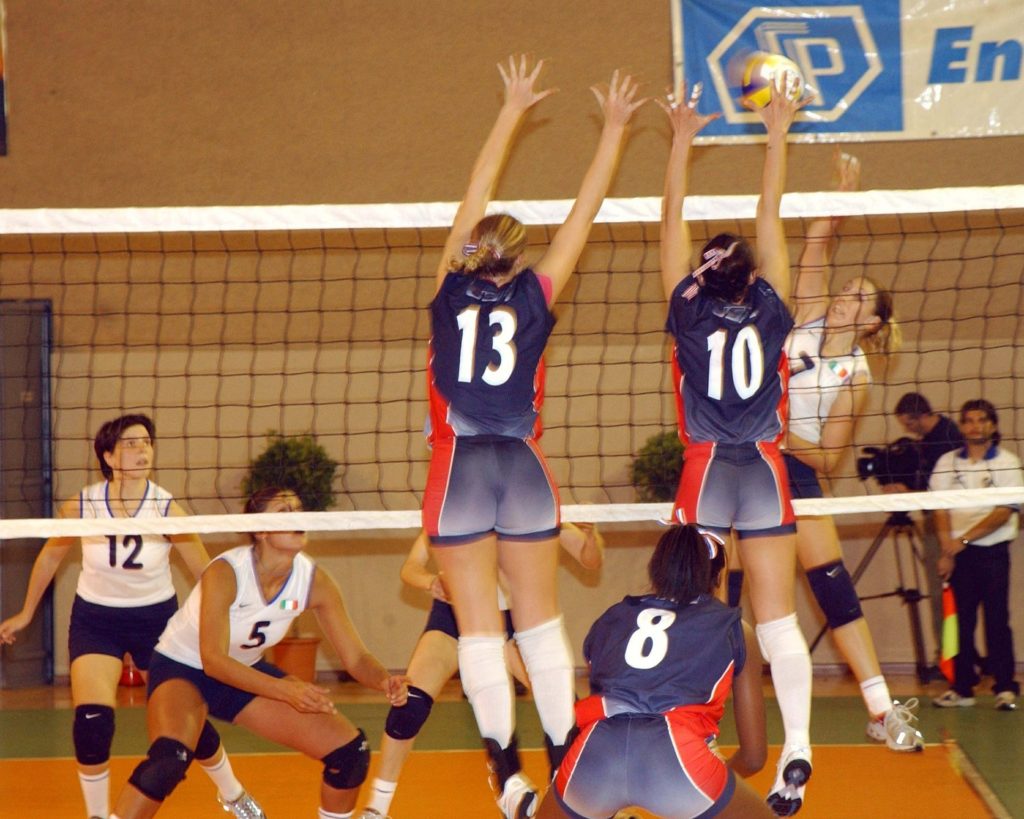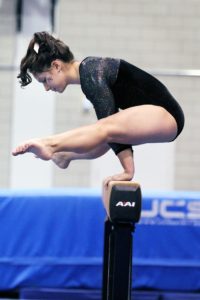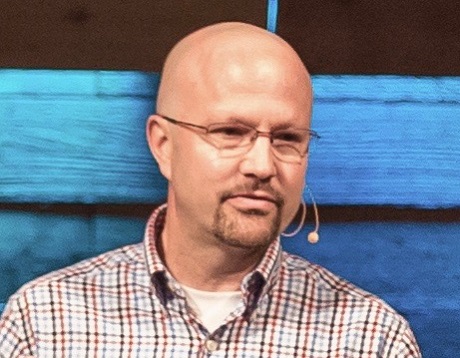- Calls to this hotline are currently being directed to Within Health, Fay or Eating Disorder Solutions
- Representatives are standing by 24/7 to help answer your questions
- All calls are confidential and HIPAA compliant
- There is no obligation or cost to call
- Eating Disorder Hope does not receive any commissions or fees dependent upon which provider you select
- Additional treatment providers are located on our directory or samhsa.gov
Athletes Coming to Terms with Their Body Shape & Weight

Over the past two years, former UCLA gymnast Katelyn Ohashi twice “broke the internet” with stunning floor routines and an infectious personality. But that’s not all. She’s brought more attention to a struggle many athletes face—negative body image.
To hear that elite athletes struggle with body image may come as a surprise. Many people watch athletes compete and see bodies at peak physical fitness.
Still, many athletes would agree with Ohashi when she said, “As gymnasts, our bodies are constantly being seen in these minimal clothing leotards. I felt so uncomfortable looking in the mirror. I felt uncomfortable walking back into the gym like there were eyes just targeted at me.” [1]
In addition to the same cultural pressures that non-athletes face, athletes experience additional stresses with body image.
Revealing Uniforms
Many sports such as gymnastics, swimming, diving, women’s volleyball, and track and field involve wearing tight-fitting and revealing uniforms in front of large crowds or TV audiences.
Ron Thompson, the co-author of Eating Disorders in Sport, writes, “Such uniforms not only increase the risk of disordered eating, they facilitate unhealthy body comparisons. They may even affect whether a young girl chooses to participate in sport. Girls have reported that they have opted not to participate in a particular sport because of what they would have to wear.” [2]
Weight Classes
Sports such as boxing, wrestling, and rowing put athletes into weight classes, which can make athletes vulnerable to dangerous behaviors to drop weight before competition.
Athletes and Body Image: Contextually
 An athlete can experience additional confusion regarding body image because of having two perceptions of his or her body—one body image inside the sport and one outside of competition. [3] The body image depends on the context.
An athlete can experience additional confusion regarding body image because of having two perceptions of his or her body—one body image inside the sport and one outside of competition. [3] The body image depends on the context.
A survey of 200 Division-1 female college athletes by ESPN, 30 percent expressed concern about becoming “too muscular.” [4] For example, a female swimmer may be thankful for strong, broad shoulders when it comes to her sport performance, but when she is putting on a dress for a night out with friends, she feels extremely uncomfortable with how she appears.
Negative Comments from Coaches
That same ESPN survey found that one out of every five female athletes had been told by a coach that she was fat. When scholarship money or playing time is at stake, coaches hold a lot of power. Comments like this can have a tremendous impact on an athlete’s body image.
Coming to Terms: Athletes and Body Image
Educating coaches, changing uniforms, and challenging cultural beliefs about body image are needed. Still, athletes are not powerless to improve their body image. Here are just two ideas to do that:
- Focus on the Function. Negative body image is often concerned with the appearance of a body part. When you shift the attention to what that body part does for you, you will eventually experience more gratitude and less shame. One study found that writing a letter to your body and thanking it for all it does for you increases positive body image. [5]
- Spend time Outside. Another study found that spending time in the outdoors and green spaces have a positive impact on body image. In an article in the Journal Body Image, Viren Swami, David Barron, and Adrian Furnham showed that spending time in green spaces (or even just looking at photos of the outdoors) improves body image. [6]
REFERENCES
[1] Mazziotta, J., & Mazziotta, J. (2019, May 24). Gymnast Katelyn Ohashi Used Therapy to Deal with Body Shaming: ‘It’s a Form of Abuse’. Retrieved October 18, 2019, from https://people.com/health/gymnast-katelyn-ohashi-body-shaming-therapy/.[2] McCallum Place. (2018, March 15). Athletes and Body Image Issues. Retrieved October 18, 2019, from https://www.mccallumplace.com/about/blog/athletes-and-body-image-issues/.
[3] de Bruin, A. P., Oudejans, R. R., Bakker, F. C., & Woertman, L. (2011). Contextual body image and athletes’ disordered eating: the contribution of athletic body image to disordered eating in high performance women athletes. European Eating Disorder Review, 201–215.
[4] Miller, K. (2019, June 11). 1 In 5 Female Student Athletes Say Their Coaches Have Called Them Fat. Retrieved October 18, 2019, from https://www.womenshealthmag.com/life/a19977345/espn-body-image-report/.
[5] Northwestern University. (2018, June 21). Writing away the body image blues. Retrieved October 18, 2019, from https://www.sciencedaily.com/releases/2018/06/180621172512.htm.
About the Author:
 Travis Stewart, LPC has been mentoring others since 1992 and became a Licensed Professional Counselor in 2005. His counseling approach is relational and creative, helping people understand their story while also building hope for the future. Travis has experience with a wide variety of issues which might lead people to seek out professional counseling help.
Travis Stewart, LPC has been mentoring others since 1992 and became a Licensed Professional Counselor in 2005. His counseling approach is relational and creative, helping people understand their story while also building hope for the future. Travis has experience with a wide variety of issues which might lead people to seek out professional counseling help.
This includes special interest in helping those with compulsive and addictive behaviors such as internet and screen addiction, eating disorders, anxiety, and perfectionism. Specifically, he has worked with eating disorders since 2003 and has learned from many of the field’s leading experts. He has worked with hundreds of individuals facing life-threatening eating disorders in all levels of treatment. His website is wtravisstewart.com
The opinions and views of our guest contributors are shared to provide a broad perspective on eating disorders. These are not necessarily the views of Eating Disorder Hope, but an effort to offer a discussion of various issues by different concerned individuals.
We at Eating Disorder Hope understand that eating disorders result from a combination of environmental and genetic factors. If you or a loved one are suffering from an eating disorder, please know that there is hope for you, and seek immediate professional help.
Published October 29, 2019, on EatingDisorderHope.com
Reviewed & Approved on October 29, 2019, by Jacquelyn Ekern MS, LPC

The EatingDisorderHope.com editorial team comprises experienced writers, editors, and medical reviewers specializing in eating disorders, treatment, and mental and behavioral health.

